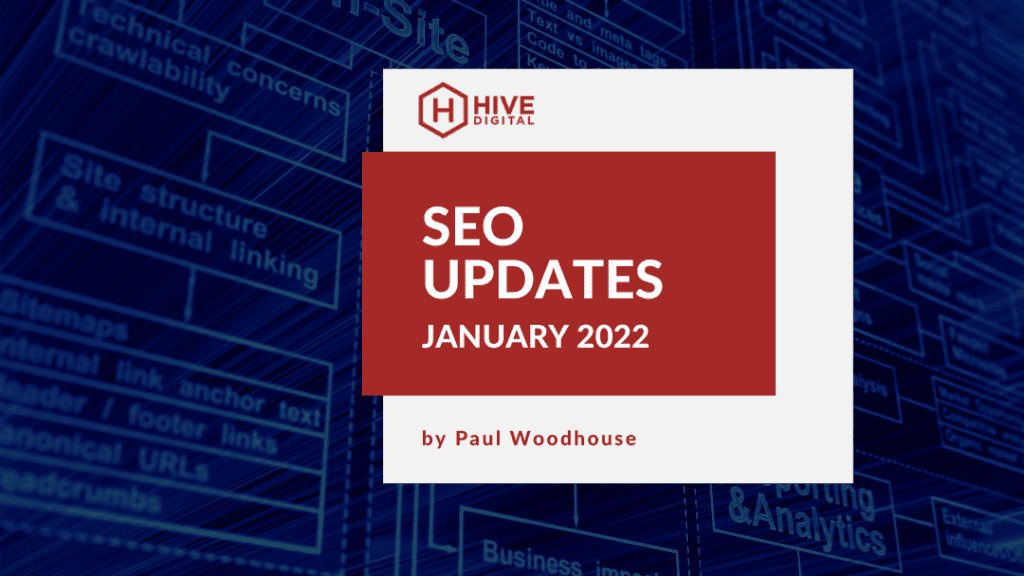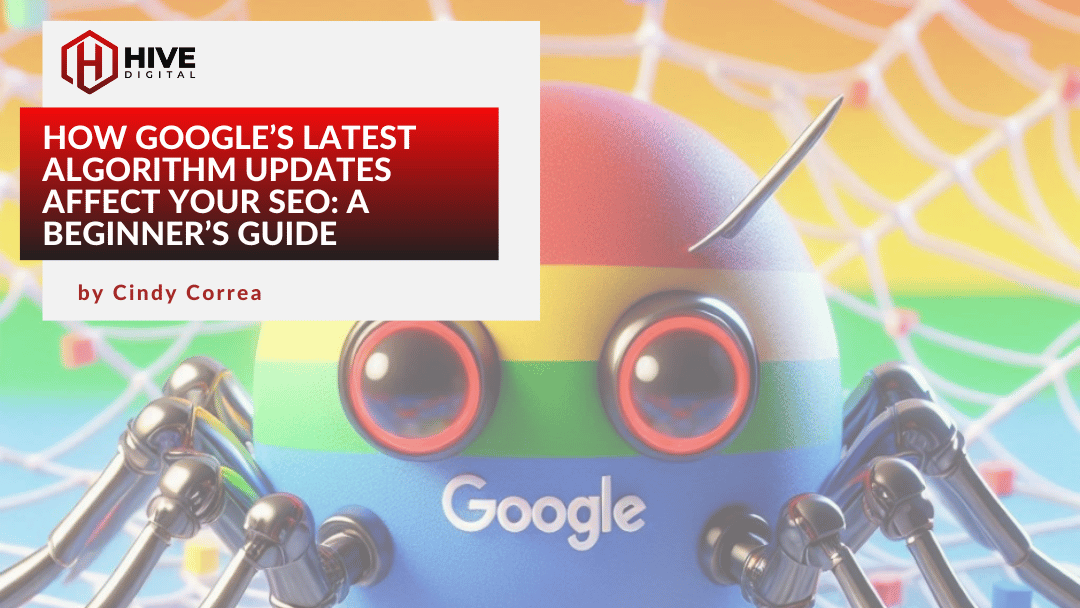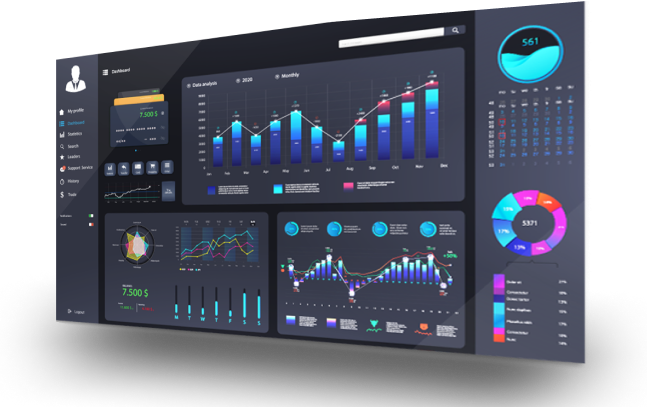The latest Google updates and news snippets you should probably take note of this month:
#1. Page Experience Update for desktop pages
Say what now: Back in May 2020 Google announced it was going to evaluate page experience for a better web, meaning they were intending to bake user experience into your site’s rankings. The initial roll-out in 2021 targeted mobile pages only, but the latest announcement is related to desktop as well.
Why it’s important: We all love quick loading pages that don’t bombard you with endless pop-ups that are easy to interact with. And while it isn’t a major ranking signal, Google may use it as a tie-breaker when evaluating who deserves to appear further up the SERPs all other things being equal.
What should you do: Have a read of Google’s Core Web Vitals overview, and take a look at your site’s Core Web Vitals report in Google Search Console. We also have a blog post about it here
Key Takeaway: Make your site the best it can be for users, not because it’s ‘good for SEO’.
Panic Level: LOW – Google says not to worry, which should be enough to make you worry a little bit. But, there is no need to divert your marketing budget chasing high Core Web Vitals scores. Just fix anything that’s broken, and bake usability / conversion rate optimization into your process.
#2. Google says to ‘ignore toxic links’.
Say what now: Actually, Google’s John Mueller said a lot of SEO tools make incorrect assumptions about toxic links, and that most of them can be ignored.
Why it’s important: This is one of those semantic SEO areas where you can do more harm than good if you get a bit over-zealous. If you’re worried about your backlink profile then get a link professional or an agency that knows its linking onions to take a look.
What should you do: If you’ve been buying links, clean them up. Otherwise, add them to a disavow file. Be careful, though – you could easily throw the baby out with the bathwater.
Key Takeaway: There is no such thing as a perfect backlink profile. In fact, a perfect backlink profile could be a red flag in and of itself.
Panic Level: ZERO – You aren’t doing anything nefarious, right?
#3. On multilingual sites, a poor experience (translation) on one version can impact the rest of the site negatively.
Say what now: If you have a site with different translated versions on the same domain, you could do more harm than good by having one or more substandard translations. For example, if you have a great English site, but a Russian version that has been machine translated and not proofread by native speakers, there’s a chance the English version of the site could suffer because of it.
Why it’s important: Google is looking at each country-specific section on a site as a separate site to be optimized on its own merits. Essentially, the same amount of thought and care should go into any translated version of the site as the primary language version.
What should you do: You don’t need to mirror the primary language version. In fact, you probably shouldn’t. It is better to have a scaled back version with only a handful of pages than a 1:1 replicated version.
Key Takeaway: There are no shortcuts to multilingual sites. If you can’t do justice to other translations on your site, or it seems too difficult, then don’t do it.
Panic Level: MODERATE – If you’re wanting to translate, plan carefully. If you currently have sections that you believe are a poor experience, rectify or remove the poor pages.










